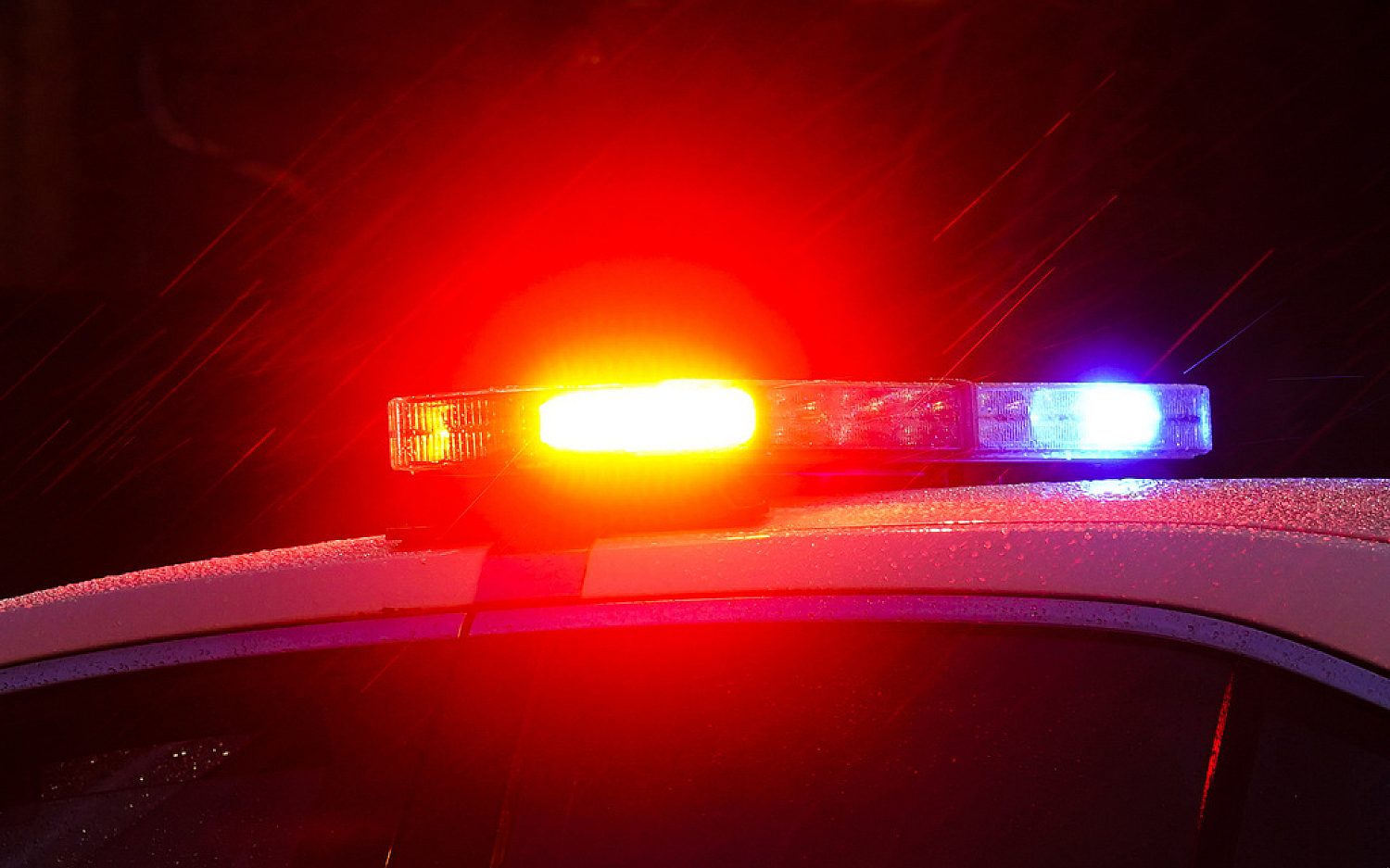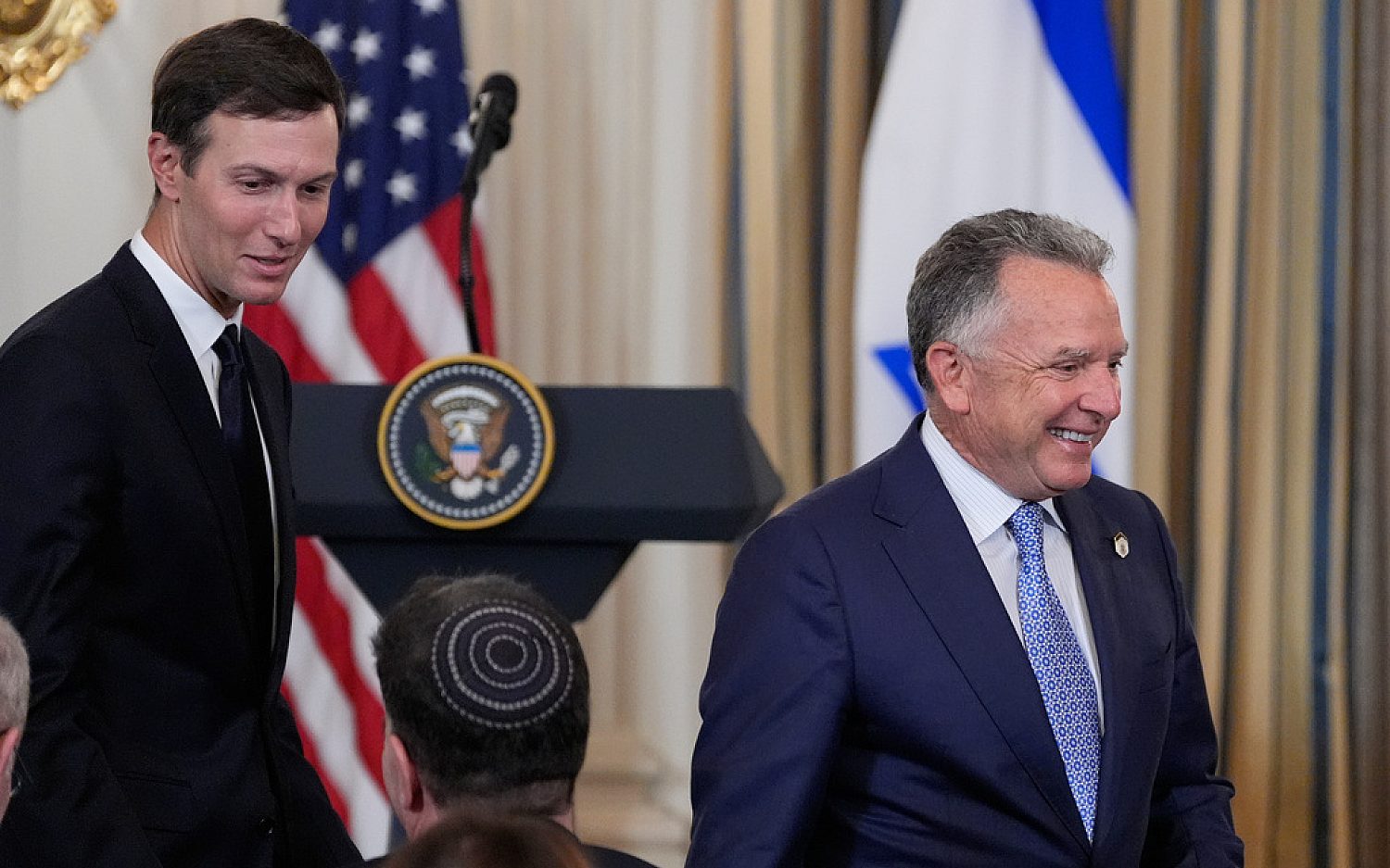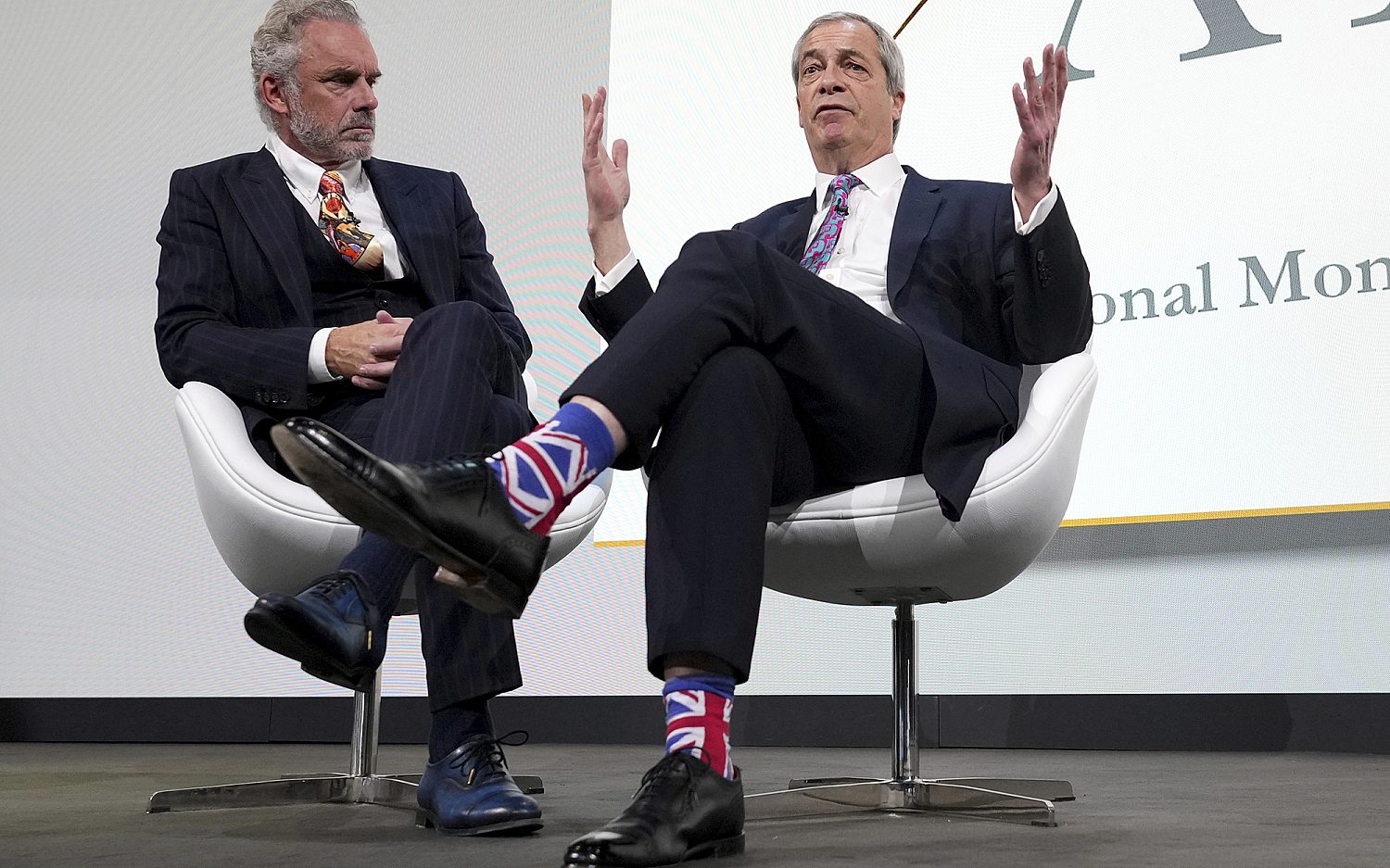New black market painkillers fuel push for anti-overdose meds
The increased demand for addictive painkillers like Percocet has fueled what the Centers for Disease Control has called “the deadliest drug epidemic in U.S. history.” Patients, addicts, and curious teenagers who obtain pain medications illegally now face an additional risk. Pills marked as opioids (such as oxycodone and Percocet) can actually contain a far more lethal medication—fentanyl.
More than 700 people died from fentanyl-related overdoses nationwide between late 2013 and early 2015, according to the Drug Enforcement Agency (DEA).
“The fact that fentanyl has been found in this form should hopefully make people nervous that do abuse these types of opiate pills that they could be getting their hands on something even more lethal,” said DEA spokesman Rich Isaacson.
But addiction has never been rational.
Properly prescribed, fentanyl is used as a pain patch that delivers small amounts of the drug during a 24-hour period. It’s also used as a form of sedation for patients undergoing invasive procedures. Officials suspect the illegal fentanyl is being produced and imported from Mexico and China to increase drug dealers’ profit margins.
“It’s the great imposter: It can be obtained much more cheaply than heroin,” explained Sheri Fandrey with Addictions Foundation of Manitoba.
And addicts often can’t tell the difference until it’s too late.
“They’re playing a game of Russian roulette,” Special Agent Timothy Desmond, a DEA spokesman, told the Union Leader.
Experts point to the fentanyl crisis as an example of why the government needs to step up efforts to get anti-overdose drugs to the streets. The drug naloxone, often referred to as narcan, blocks the effects of narcotics and can prevent fatalities from overdoses. Advocates say narcan needs to be more accessible to drug users, inmates leaving prison, medical personnel, and law enforcement. Dan Bigg, with Chicago Recovery Alliance in Chicago, has been handing out naloxone to drug users for 18 years.
“This is what the world would look like if it were well-protected by naloxone: Overdoses would still happen, but there would be a lack of fatalities,” he told the Chicago Tribune.
But Washington’s efforts to address the larger drug problem seem to have been hijacked by politics. The Comprehensive Addiction and Recovery Act, a bipartisan bill poised to help states monitor prescribing practices, expand the number of sites where patients can dispose of unneeded painkillers, and distribute more naloxone to first responders has been met with opposition from the Obama administration. On March 1, the White House said the Senate bill doesn’t provide enough funding to implement its own policies. Democrats proposed a $600 million amendment they say is needed to fund the programs.
Senate Republicans countered, saying last year’s omnibus spending bill set aside more than a half-billion dollars to fund policies within the bill.
“It just seems ill-advised, to say the least, to appropriate more money when in fact there is $571 million available to deal with this epidemic,” said Sen. John Cornyn, R-Texas.
The Associated Press contributed to this report.
An actual newsletter worth subscribing to instead of just a collection of links. —Adam
Sign up to receive The Sift email newsletter each weekday morning for the latest headlines from WORLD’s breaking news team.




Please wait while we load the latest comments...
Comments
Please register, subscribe, or log in to comment on this article.